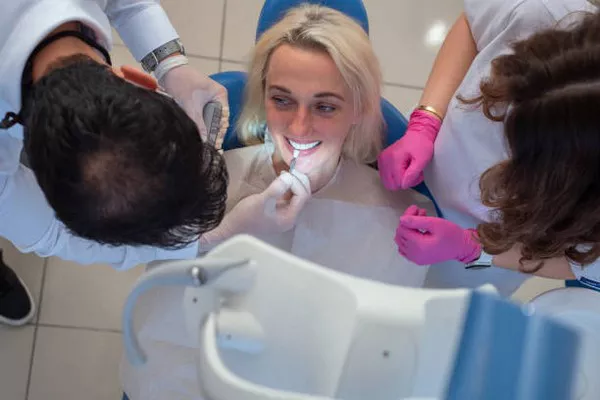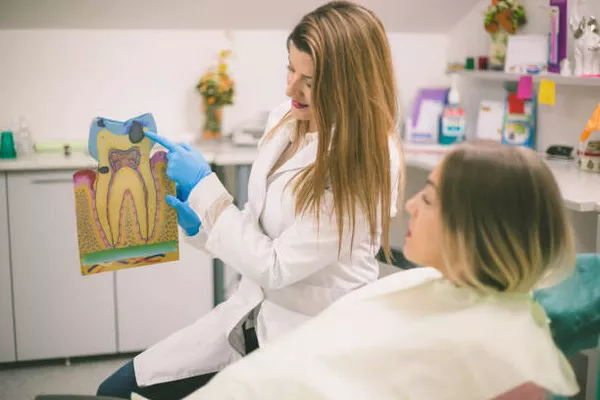Teeth whitening has become increasingly popular in recent years, with many individuals seeking brighter, whiter smiles. One method that has gained attention is LED teeth whitening, which uses light to activate the whitening agent and enhance the bleaching process. In this article, we will explore the safety of teeth whitening with light, including the explanation of LED teeth whitening, its safety profile, effectiveness, pros and cons, potential side effects, the importance of professional advice, personalization of treatment, and instructions for use.
Explanation of LED Teeth Whitening
LED teeth whitening is a cosmetic dental procedure that uses light-emitting diodes (LEDs) to activate a whitening agent applied to the teeth. The whitening agent, usually containing hydrogen peroxide or carbamide peroxide, penetrates the enamel and breaks down stains, resulting in a whiter appearance.
Safety Profile
Current research suggests that LED teeth whitening is safe for at-home use when following the manufacturer’s protocols. LED lights emit a specific wavelength of light that is less intense than UV light, reducing the risk of damaging the teeth or gums. Compared to other light sources like UV light, LED lights are considered safer for teeth whitening purposes.
Effectiveness
LED teeth whitening has been shown to be effective in reducing tooth discoloration and improving overall tooth brightness. Studies have demonstrated significant improvements in tooth shade after LED whitening treatments, with many participants reporting noticeable results. However, individual effectiveness may vary based on factors such as the severity of staining and the underlying cause of discoloration.
See Also: Can Dental Caps Be Whitened
Pros and Cons
Pros:
Convenience: LED whitening kits are often convenient and easy to use at home, offering flexibility for busy individuals.
Quick Results: Many users report seeing noticeable results after just a few treatments, making LED whitening a fast and efficient option.
Minimal Sensitivity: LED lights typically produce less heat than other light sources, reducing the risk of tooth sensitivity during or after treatment.
Cons:
Cost: LED whitening kits may come with a higher upfront cost compared to other whitening methods, such as whitening toothpaste or strips.
Potential Side Effects: While rare, some individuals may experience mild side effects such as tooth sensitivity or gum irritation with LED whitening treatments.
Variable Results: Results can vary from person to person, and some individuals may not achieve the desired level of whitening with LED treatments alone.
Potential Side Effects
While LED teeth whitening is generally considered safe, some individuals may experience mild side effects, including:
Tooth Sensitivity: Some users may experience temporary tooth sensitivity during or after treatment, which typically resolves on its own within a few days.
Gum Irritation: The whitening agent or LED light may irritate the gums if they come into contact with them during treatment. This can result in mild discomfort or redness, but usually subsides quickly.
Professional Advice
Before undergoing any teeth whitening treatment, it’s essential to consult with a dental professional to ensure that LED whitening is appropriate for your specific needs. A dentist can assess your oral health, discuss potential risks and benefits, and recommend the most suitable whitening approach for you.
Personalization of Treatment
Results of LED teeth whitening can vary based on individual factors such as tooth color, the cause of discoloration, and lifestyle habits. Some individuals may achieve dramatic results with LED whitening, while others may require additional treatments or alternative whitening methods to achieve their desired outcome.
Instructions for Use
When using at-home LED whitening kits, it’s essential to follow the manufacturer’s instructions carefully to ensure safety and effectiveness. This may include applying the whitening gel evenly to the teeth, avoiding contact with the gums, and using the LED light for the recommended duration. If you experience any discomfort or adverse effects during treatment, discontinue use and consult with a dental professional.
Conclusion
LED teeth whitening offers a convenient and effective option for brightening your smile in the comfort of your own home. While LED whitening is generally safe when used as directed, it’s essential to consult with a dental professional before starting any whitening treatment to ensure that it’s suitable for your oral health needs. By understanding the safety profile, effectiveness, pros and cons, potential side effects, and the importance of professional advice, individuals can make informed decisions about incorporating LED teeth whitening into their oral care routine. If you’re considering LED teeth whitening, consult with your dentist to determine the best approach for achieving the results you desire while maintaining optimal oral health.
You Might Be Interested In






























